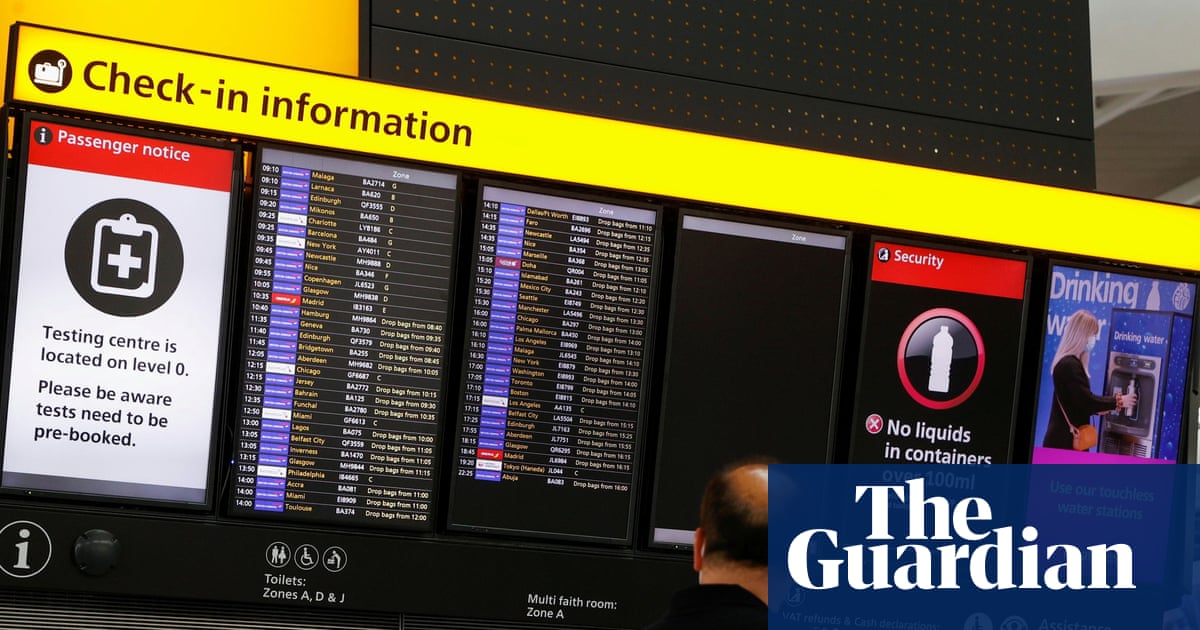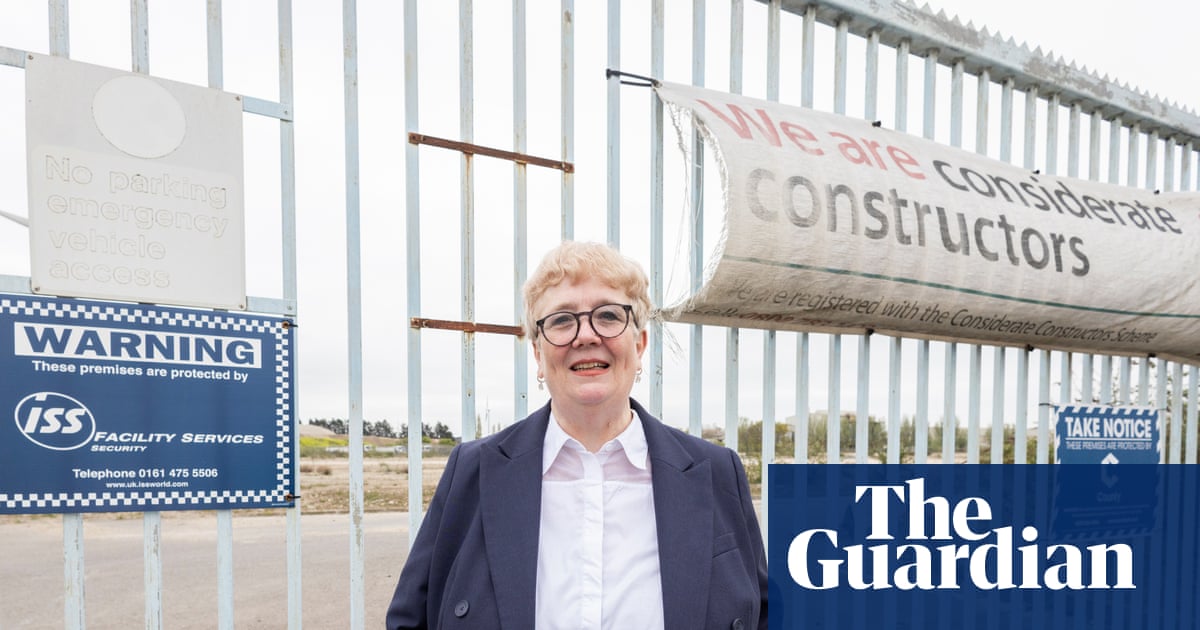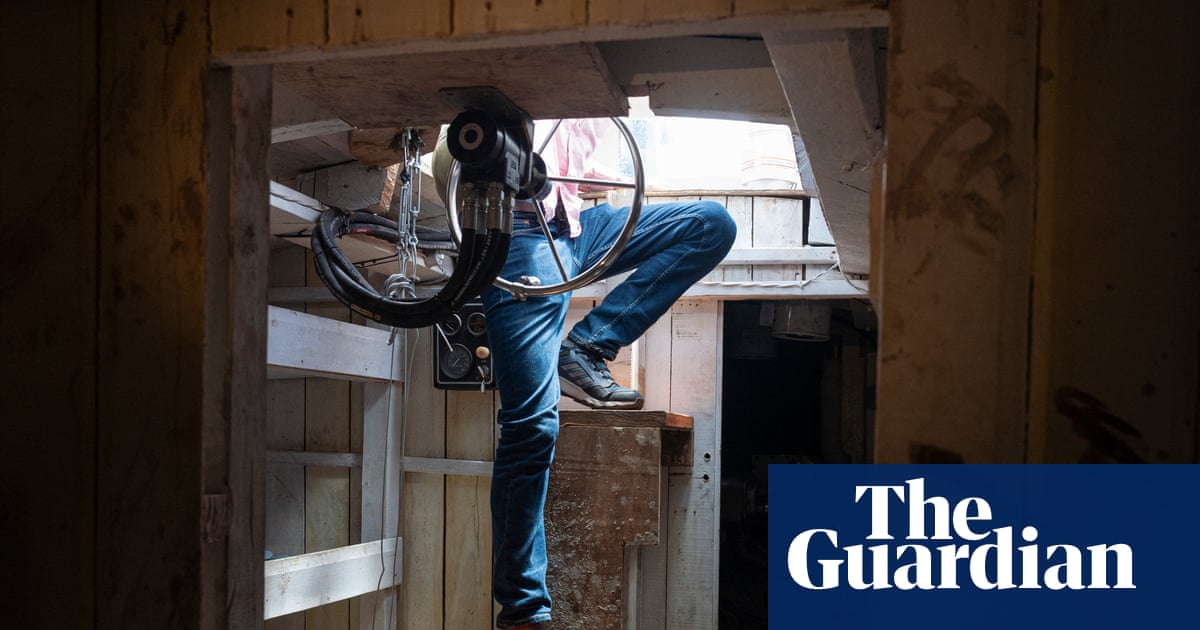Britain is running out of water, we are told. Soon there will be curfews, banning people from turning on their taps, as happens in Italy. Standpipes will sprout on the side of parched roads where trees once stood.
Rivers will run dry and rural communities will begin digging wells in response to a water apocalypse destined to arrive courtesy of the ravaging effect of climate change.
The water companies argue that major investment is needed to cope with the changing weather patterns, with those funds primarily channelled into building massive new infrastructure.
They are happy to carry out the work, as long as payment is charged directly to customers.
It is what we might call the HS2 fallacy. Except that rather than build a high-speed line to increase the rail capacity between London and Birmingham when other much less sexy options were available at much lower cost, we find ourselves agreeing to construct reservoirs as tall as high-rise buildings.
Importantly, the assets boost the balance sheets of privatised water companies, because while billpayers will have funded the projects, the shareholders will own the new infrastructure.
Last week a group of experts took Thames Water to court to try to persuade a judge that an alternative to one reservoir, near Abingdon in Oxfordshire, is not only possible but presents a much more sustainable and cheaper option for customers, and that this needs to be tested in a public inquiry.
At the heart of the argument is a dispute about how to manage Britain’s water resources, with campaigners urging a move away from grands projets to something more humdrum, allowing for the money to be spent instead on cleaning up rivers polluted in the first place by Thames Water et al.
However, what Thames and its consultant friends appear to want, like so many in the infrastructure game, is an edifice you can see from space.
Nine new reservoirs are at the heart of this plan and some will have walls to hold in the water that are the height of the average house. The reservoir destined to replace farmers’ fields near Abingdon will have walls 25 metres high.
They are destined for the south and east of England, where population numbers are increasing and dry summers scorch the earth.
Politicians have backed the plans, and it is easy to see why. Britain has failed to build reservoirs over the last 40 years, and who doesn’t like a nice lake to look at?
Reservoirs are cheap and easy to build when they are situated in a valley and the river that runs through it is capped at one end. The ground should be impermeable, which usually means clay sits under the water.
Unfortunately at Abingdon there is what can only be described as a puddle of clay, which is why the reservoir must sit on top, with skyscraper walls all around. A reservoir planned for Lincolnshire will likewise have 13-metre walls because the clay layer there is so thin.
Much of the south is dominated by chalk and gravel, so is unsuitable for reservoirs. Land that has clay that has already been built on – London, for example.
after newsletter promotion
What the south boasts is chalk and underground aquifers. The anti-reservoir campaigners say this aquifer water, and that of the slow-moving lower reaches of rivers that feed the Thames, such as the Lea, can be extracted with no environmental harm.
The problem for CPRE, formerly the Council for the Protection of Rural England, and the campaign group Saferwaters, which are backing the campaign, is that Thames Water is working with the grain of people’s emotions. Reservoirs good, aquifers and river extraction bad.
Climate change, though, means wetter winters and drier summers. So aquifers fill up in the winter and suffer little evaporation in the summer, while reservoirs suffer huge losses during hot days, especially when the new ones must pump water uphill from nearby rivers, are relatively shallow and with a large surface area.
Thames Water relies on forecasts that show 2 million more people will live in London and the south-east by 2050, and when taking into account the depletion of other water sources from climate change, it will need to find an extra 1bn litres of water every day.
The Environment Agency’s figures, though, show a steep decline in water use, much of that related to the switch from water-hungry oil, gas and coal power stations to renewables such as solar power. Again, we might have an attachment to old-fashioned ways of generating energy, but renewables have many benefits, including water use.
Another arrow in the campaigners’ quiver relates to leakages. Why, they ask, is Thames being asked to cut its leakage rate by 50% to 11.4% by 2050 when water suppliers in Germany have already cut the rate to about 7%?
Reservoirs let Thames off the hook. The company should be spending money plugging leaks amd preventing sewage spewing into rivers. Instead, it is asked to embark on projects paid for by customers that boost its asset base. What’s not to like, from the water company’s point of view?
The government should be more sceptical. There is a price to be paid and voters will not be kind when higher bills fall through their letterbox.

 2 months ago
65
2 months ago
65

















































